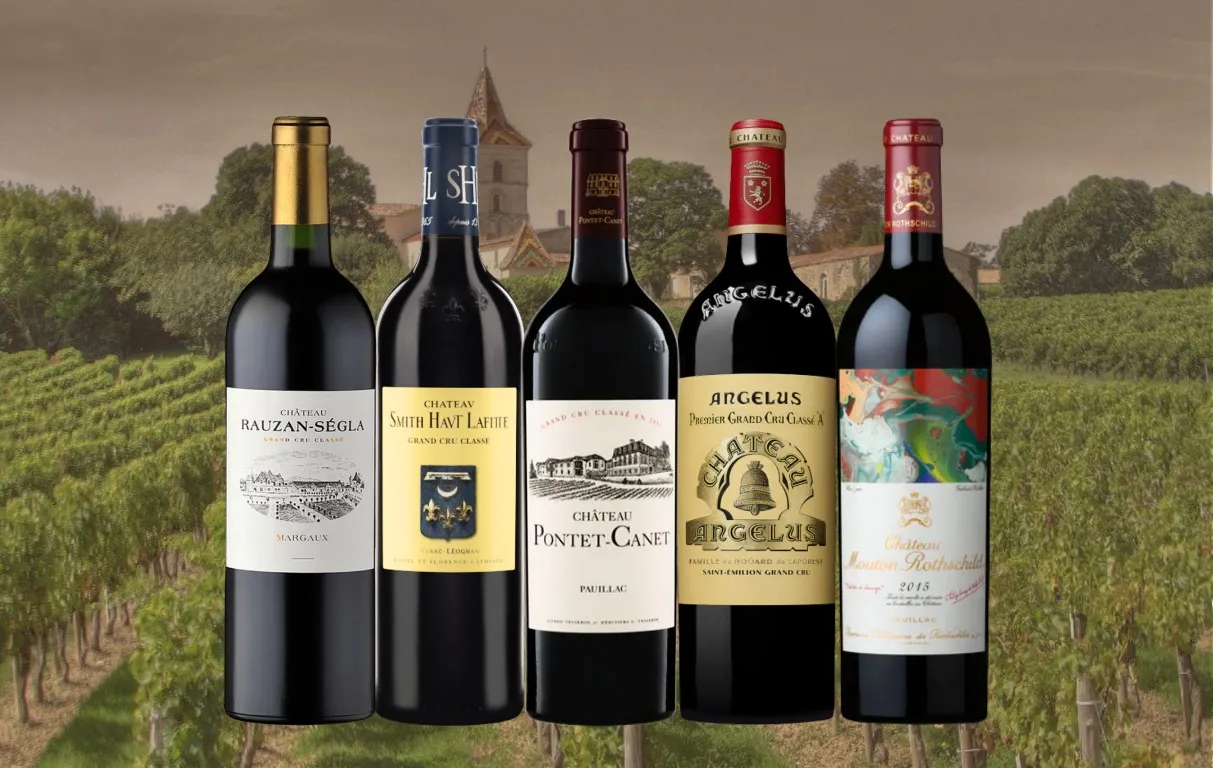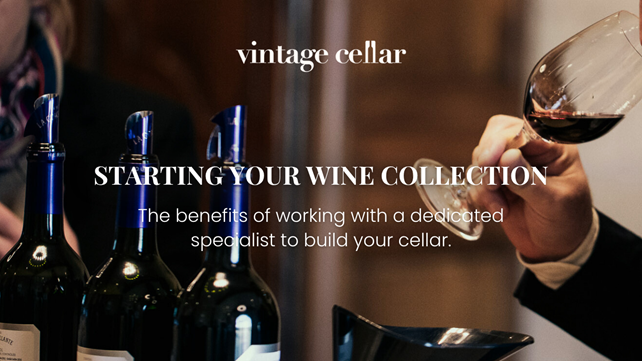How to Identify Luxury Wine
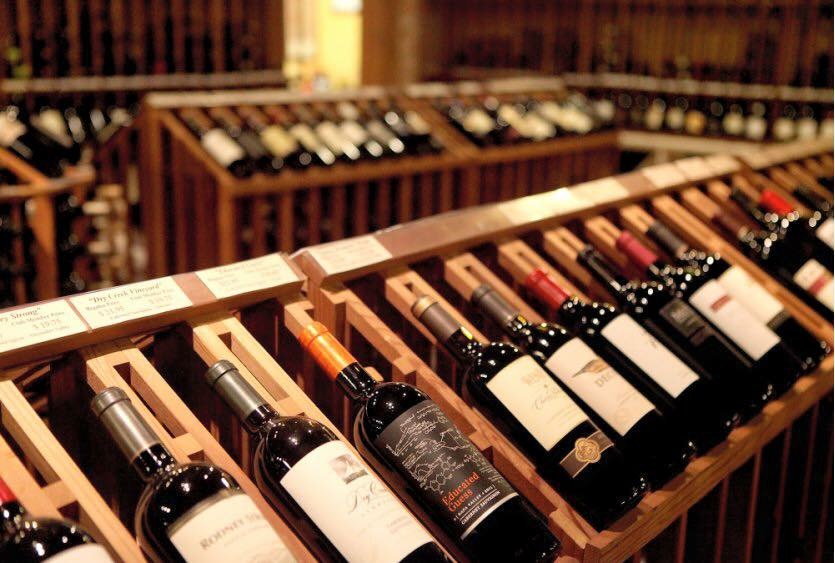
In a world where elegance and refinement are often expressed through taste, luxury wine stands as a hallmark of sophistication. From high society gatherings to quiet, intimate dinners, the presence of a finely crafted bottle speaks volumes. But not every expensive wine meets the true definition of luxury. Understanding how to identify it is not only about the price tag but also about provenance, craftsmanship, aging potential, and the uniqueness of the bottle. Wine connoisseurs and novice collectors alike often find themselves puzzled: how can you distinguish a genuinely high-quality bottle from a cleverly disguised fake? In this article, we explore the factors that define true luxury, drawing inspiration from expertly curated cellars such as Vintage Cellar.
The aim is to help enthusiasts make smarter choices when building a collection or selecting the perfect gift. True luxury wine embodies a unique story of terroir, tradition, and time that cheaper alternatives can’t replicate. These wines are not just for drinking; they are investments, cultural artifacts, and conversation pieces. With the growing global demand for fine rare wine, it’s more crucial than ever to educate yourself. Whether you’re buying for personal enjoyment or long-term value, knowing the signs of genuine luxury can protect your investment and enhance your experience.
1. Understand the Brand & Provenance
One of the most important elements of identifying a luxury wine is the origin both geographic and historical. A wine’s brand, or more precisely, the reputation of the estate or vineyard, offers a strong indicator of its quality. Estates in Bordeaux, Tuscany, Napa Valley, and Burgundy that have existed for decades or even centuries are often at the forefront of the high-end market. These wineries invest heavily in soil cultivation, sustainable practices, expert winemakers, and traditional techniques passed down through generations.
Services like Vintage Cellar put great emphasis on provenance, offering wines that are not only prestigious but also come with verifiable records of origin and storage. This eliminates the risk of counterfeit bottles infiltrating your collection. The more documented the wine’s journey from vineyard to bottle, the more confident you can be in its luxury status. Many high-end retailers now offer full transparency with digital traceability systems that can track every bottle. This feature ensures you’re buying a genuine product rather than an overpriced imitation.
Furthermore, producers of fine rare wine often limit production, sometimes releasing only a few thousand bottles annually. The combination of rarity, history, and verified origin contributes to the luxury tag. These wines often gain cult status, with collectors vying to own them before they’re even released to the public. If you’re serious about collecting or gifting high-end wine, always ensure the provenance is rock-solid.
2. Aged vs. Young Wine Differences
Understanding aged vs. young wine differences is fundamental when identifying luxury. At first glance, an older wine may simply look more elegant with its dusty bottle and vintage label. However, its value goes far beyond appearance. Aged wine tends to develop more complex flavors and aromas, often described as tertiary characteristics such as dried fruits, leather, tobacco, and forest floor notes. These result from slow chemical changes occurring in the bottle over years, or even decades.
Young wines, by contrast, showcase fresh, fruity, and floral primary notes. They’re vibrant and accessible, often meant for immediate enjoyment rather than cellaring. While not all young wines are inferior, truly finely aged wine will possess a depth and elegance that younger bottles can’t match. Tannins mellow, acidity balances out, and the overall drinking experience becomes smoother and more harmonious.
To the trained palate, these distinctions are instantly recognizable. A luxury wine that has been well-aged reveals itself in its texture and finish qualities that make it stand apart in blind tastings. Notably, some wines are produced specifically for aging; they might seem unremarkable when young but transform into masterpieces over time. A label indicating long cellaring potential is often a good sign you’re dealing with a bottle of distinction and value.
3. Wine Tasting for Quality
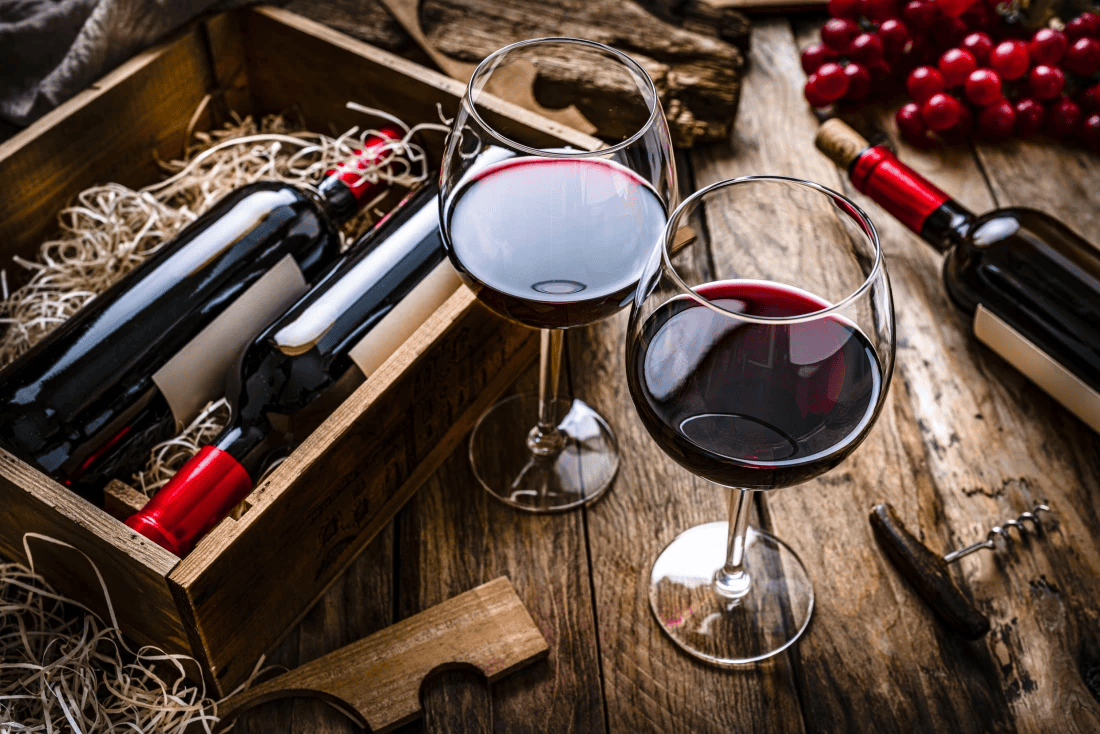
Tasting remains one of the most enjoyable and informative ways to evaluate a wine’s quality. While brand reputation and provenance matter, the proof is ultimately in the glass. A high-end wine will usually exhibit a delicate balance of acidity, alcohol, tannins, and residual sugar. No one element should overpower the others. Instead, they work together in harmony to create a seamless and sophisticated mouthfeel that lingers long after each sip.
Another defining feature of luxury wine is its complexity. You should be able to detect layers of flavors as the wine evolves on your palate from the attack to the mid-palate and finally to the finish. Notes of fruit, spice, earth, and wood may all coexist, unfolding gradually rather than hitting you all at once. This kind of layered experience is rarely found in mass-produced wines.
Luxury also means length how long the flavor persists after swallowing. A brief finish can be a red flag, suggesting a lack of structure or depth. In contrast, finely aged wine offers a lingering aftertaste that develops and shifts as you breathe and contemplate. Whether you’re sipping a Bordeaux Grand Cru or a Super Tuscan, a proper tasting will often reveal more than any label or price tag.
4. Label, Bottle & Capsule Inspection
Another powerful way to identify luxury wine is by closely inspecting the physical features of the bottle. Start with the label: luxury producers often use high-quality, textured paper, foil stamping, and embossed logos. These labels are meticulously designed, and any deviation in design, font, or color could be a sign of forgery. Additionally, the vintage year should be clear, centered, and consistent with the winery’s official release format.
The bottle itself can also reveal a lot. Luxury wines typically come in heavy, dark glass bottles with deep punts (indentations at the bottom). The glass quality will be pristine no bubbles, ripples, or inconsistencies. The shape of the bottle may also follow traditional regional forms, like the slender Burgundy bottle or the broader Bordeaux style. These are all signs of a winery’s attention to detail.
Capsules and corks are another layer of authentication. A wrinkled capsule, poorly printed cork, or irregular seal could mean the bottle was tampered with. How to identify fake vintage wine often starts with this kind of physical inspection. Sophisticated counterfeiters may go to great lengths to replicate labels, but small flaws in packaging can give them away. Always examine these features carefully before purchasing or uncorking a supposedly rare bottle.
5. Provenance and Storage Conditions
The journey of a luxury wine bottle doesn’t end at the vineyard. How it’s stored over the years is just as important as how it was produced. Exposure to heat, light, and fluctuating humidity can ruin even the most prestigious wine. Therefore, proper storage conditions are essential, and they can significantly affect the value and quality of a bottle. Services like Vintage Cellar offer temperature-controlled, humidity-regulated storage in insured, bonded warehouses critical for maintaining luxury wine’s integrity.
Collectors and serious buyers often insist on a full history of the wine’s storage conditions. Details such as whether it has ever been shipped internationally, stored in private or commercial cellars, or exposed to temperature swings can impact the bottle’s resale value. In fact, many wine for collectors lose their appeal if their provenance can’t be confirmed through reliable documentation.
Moreover, modern technology allows for digital storage tracking. Some wine cellars offer platforms that allow buyers to trace the wine’s condition and history before making a purchase. These features are particularly important for fine rare wine, which often changes hands multiple times before being consumed or sold. If you’re aiming to build a reputable collection, insisting on proper storage and full provenance is non-negotiable.
6. Knowing How to Identify Fake Wine
Unfortunately, the rise in popularity of luxury wine has also led to a surge in counterfeit products. These fakes are sometimes so convincing that even seasoned collectors are fooled. How to identify fake vintage wine requires a meticulous eye and often, expert tools. Begin by checking the fill level also known as ullage. Older wines will naturally evaporate slightly over time, but extreme gaps between the cork and liquid may indicate leakage or refilling.
Next, examine the cork for correct branding and the appropriate vintage imprint. Fakes often have inconsistencies in cork printing or no imprint at all. Additionally, the label might be artificially aged, showing coffee stains or artificially induced browning that looks suspiciously uniform. The bottle shape and weight can also be revealing; many counterfeits use standard bottles instead of the heavier glass typically used for high-end wine.
When in doubt, seek a professional appraisal. Some advanced collectors use UV lights and scanning devices to authenticate ink and paper. Still, the easiest safeguard is purchasing from reputable sources like Vintage Cellar, where every bottle is vetted and tracked from origin to sale. If a deal seems too good to be true, it usually is. The more exclusive and rare the bottle, the more vigilant you must be.
7. The Role of Fine Rare Wine in Collector Portfolios
In the world of fine collecting, fine rare wine holds a special place. Unlike other collectibles, wine combines aesthetic, historical, and sensory appeal. Collectors prize it not just for its drinkability but for its long-term value, investment potential, and the status it conveys. Wine investment platforms and auction houses have seen a surge in demand for older vintages from iconic producers, often resulting in exponential price increases over time.
Many collectors approach wine like art focusing on rarity, heritage, and the ability to age gracefully. Some invest in vertical collections, which consist of multiple vintages of the same wine, to showcase how different years express the same terroir. These strategies are often guided by expert advisors or services like Vintage Cellar, who curate collections based on historical performance and aging potential.
Adding fine rare wine to a portfolio also requires proper documentation, valuation, and storage to ensure it retains its worth. As with all collectibles, condition is king. Even a prestigious vintage from a legendary estate can lose its value if mishandled. Serious collectors know this and take every measure to preserve the integrity and story of each bottle they own.
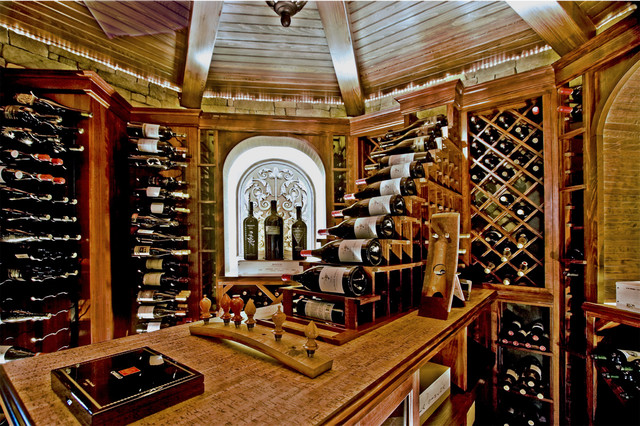
8. Identifying High-End Wine on a Budget
You don’t always need to break the bank to experience high-end wine. With some research and guidance, it’s possible to discover hidden gems that offer the characteristics of luxury at a more accessible price point. One way to do this is to seek out wines from lesser-known regions that share similar climates and soil compositions with world-renowned areas. These wines often provide exceptional value without the prestige markup.
Another method is to look for second-label wines from prestigious producers. These are often made with the same grapes and techniques but are priced lower due to differences in aging or grape selection. Many of these wines deliver impressive structure, complexity, and aging potential hallmarks of luxury wine without the premium price. You can also buy young wines from reputable estates and cellar them yourself, allowing them to mature over time.
Wine clubs, tastings, and insider recommendations are also great ways to discover such bottles. Platforms like Vintage Cellar may offer curated selections and starter collections tailored to beginner collectors. This gives you access to genuine quality and expert advice, without jumping straight into five-figure purchases. With patience and a trained palate, you’ll find that luxury doesn’t always have to come with a sky-high price.
9. The Importance of Education & Expert Guidance
Finally, no journey into the world of luxury wine would be complete without education and mentorship. Wine is both a science and an art, and navigating it without guidance can be overwhelming. Whether you’re exploring tasting techniques or learning how to avoid counterfeit bottles, the advice of seasoned experts is invaluable. Platforms like Vintage Cellar pair clients with knowledgeable wine advisors who tailor recommendations based on personal taste, collection goals, and investment interests.
Education also plays a critical role in long-term satisfaction. As you taste more wines and learn from sommeliers or wine educators, your palate evolves. You’ll start to notice aged vs. young wine differences more clearly, and understand which wines resonate most with your preferences. Over time, this knowledge empowers you to make more confident and satisfying purchases.
Moreover, expert guidance can save you from costly mistakes. Whether you’re planning your first cellar or investing in a rare vintage, professional input ensures your journey is rewarding and informed. The luxury wine market can be opaque and complex, but with the right support, you can navigate it with clarity and purpose.
10. Conclusion: Elevate Your Experience with True Luxury Wine
Identifying luxury wine isn’t just about recognizing a famous label or spending more money it’s about understanding quality, authenticity, and the deep craftsmanship behind every bottle. From mastering the aged vs. young wine differences to spotting counterfeits and learning what makes a bottle fine rare wine, the journey into the world of elite wines is as rewarding as it is complex. Whether you’re building a portfolio of wine for collectors, choosing a bottle for a significant occasion, or seeking a long-term investment, education and discernment are your greatest allies.
Platforms like Vintage Cellar provide collectors and enthusiasts with the tools, knowledge, and trusted networks to acquire, store, and appreciate the world’s most sought-after wines. As your palate evolves and your collection grows, understanding the hallmarks of high-end wine will help you navigate the fine line between mass-market products and truly finely aged wine masterpieces. Stay curious, stay informed, and above all, enjoy the rich experiences that only true luxury can bring.
11. Contact Us: Ask Our Professionals
Have a question about identifying luxury wine, starting your collection, or spotting a fake vintage wine? Our team of wine experts is here to help. Whether you’re a beginner enthusiast or a seasoned investor, we provide personalized guidance to ensure every bottle in your collection is genuine, exceptional, and perfectly matched to your taste.
Use our expertise to get tailored recommendations, verify a vintage, or explore exclusive offers on fine rare wine and high-end wine collections. Let us guide you through every step from selection to cellaring with the care and precision your wine journey deserves.
